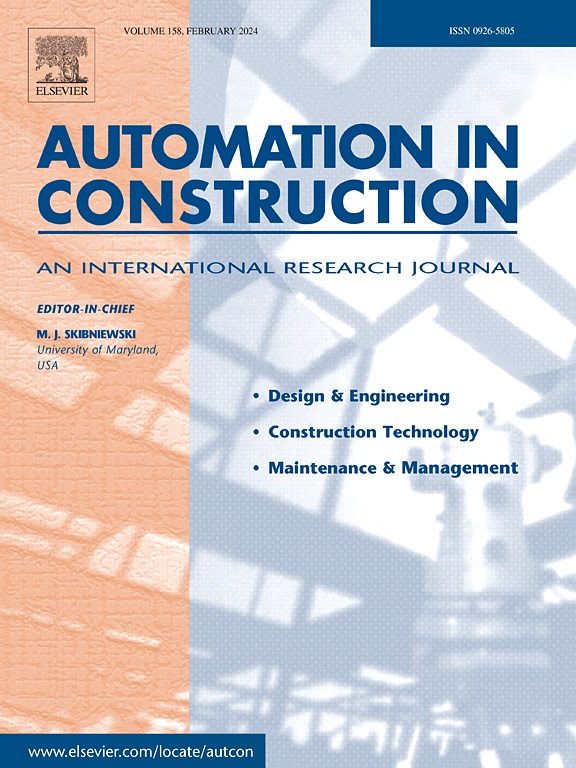利用随钻测量数据预测隧道围岩特性的注意力引导级联网络
IF 11.5
1区 工程技术
Q1 CONSTRUCTION & BUILDING TECHNOLOGY
引用次数: 0
摘要
在隧道施工中,岩体质量是评价围岩稳定性和确定开挖支护策略的关键因素。本文提出了一种多任务学习的物理机制约束级联(PMC)模型策略,可以有效地捕捉任务之间的相关性和差异性。此外,提出了一种注意力引导级联递进层提取(AGCPLE)模型,用于预测地表岩体质量指定指数(S-RQD)、施密特回弹值(RV)和围岩基本质量(BQ)等关键岩体质量指标。AGCPLE模型利用来自多个炮眼的随钻测量数据和隧道施工数据作为输入来预测这些指标。利用中国杨家窝堡隧道的数据对其性能和泛化能力进行了评价。结果表明,AGCPLE模型优于传统的深度学习和机器学习方法。此外,与其他MTL策略相比,PMC模型策略显示出更高的预测性能。本文章由计算机程序翻译,如有差异,请以英文原文为准。
Attention-guided cascaded network for predicting tunnel surrounding rock properties using measurement-while-drilling data
The quality of rock mass is a critical factor in evaluating the stability of surrounding rock and determining excavation and support strategies during tunnel construction. This paper presents a physical mechanism-constrained cascade (PMC) model strategy for multi-task learning (MTL), effectively capturing both the correlations and distinctions among tasks. In addition, an attention-guided cascade progressive layer extraction (AGCPLE) model is proposed to predict key rock mass quality indicators, including the surface rock quality designation index (S-RQD), Schmidt rebound value (RV), and basic quality (BQ) of surrounding rock. The AGCPLE model utilizes measurement-while-drilling data from multiple blastholes, and tunnel construction data as input to predict these indicators. Performance and generalization capabilities are evaluated using data from the Yangjiawopu tunnel in China. Results show that the AGCPLE model outperforms conventional deep learning and machine learning approaches. Furthermore, the PMC model strategy shows improved predictive performance compared to other MTL strategies.
求助全文
通过发布文献求助,成功后即可免费获取论文全文。
去求助
来源期刊

Automation in Construction
工程技术-工程:土木
CiteScore
19.20
自引率
16.50%
发文量
563
审稿时长
8.5 months
期刊介绍:
Automation in Construction is an international journal that focuses on publishing original research papers related to the use of Information Technologies in various aspects of the construction industry. The journal covers topics such as design, engineering, construction technologies, and the maintenance and management of constructed facilities.
The scope of Automation in Construction is extensive and covers all stages of the construction life cycle. This includes initial planning and design, construction of the facility, operation and maintenance, as well as the eventual dismantling and recycling of buildings and engineering structures.
 求助内容:
求助内容: 应助结果提醒方式:
应助结果提醒方式:


